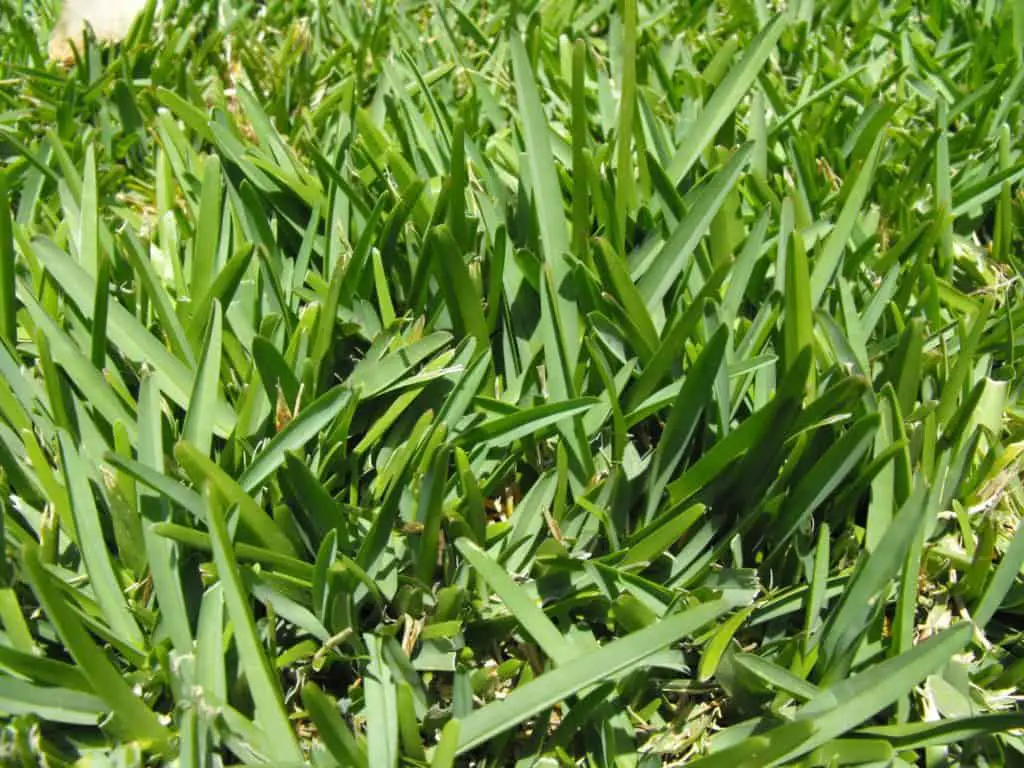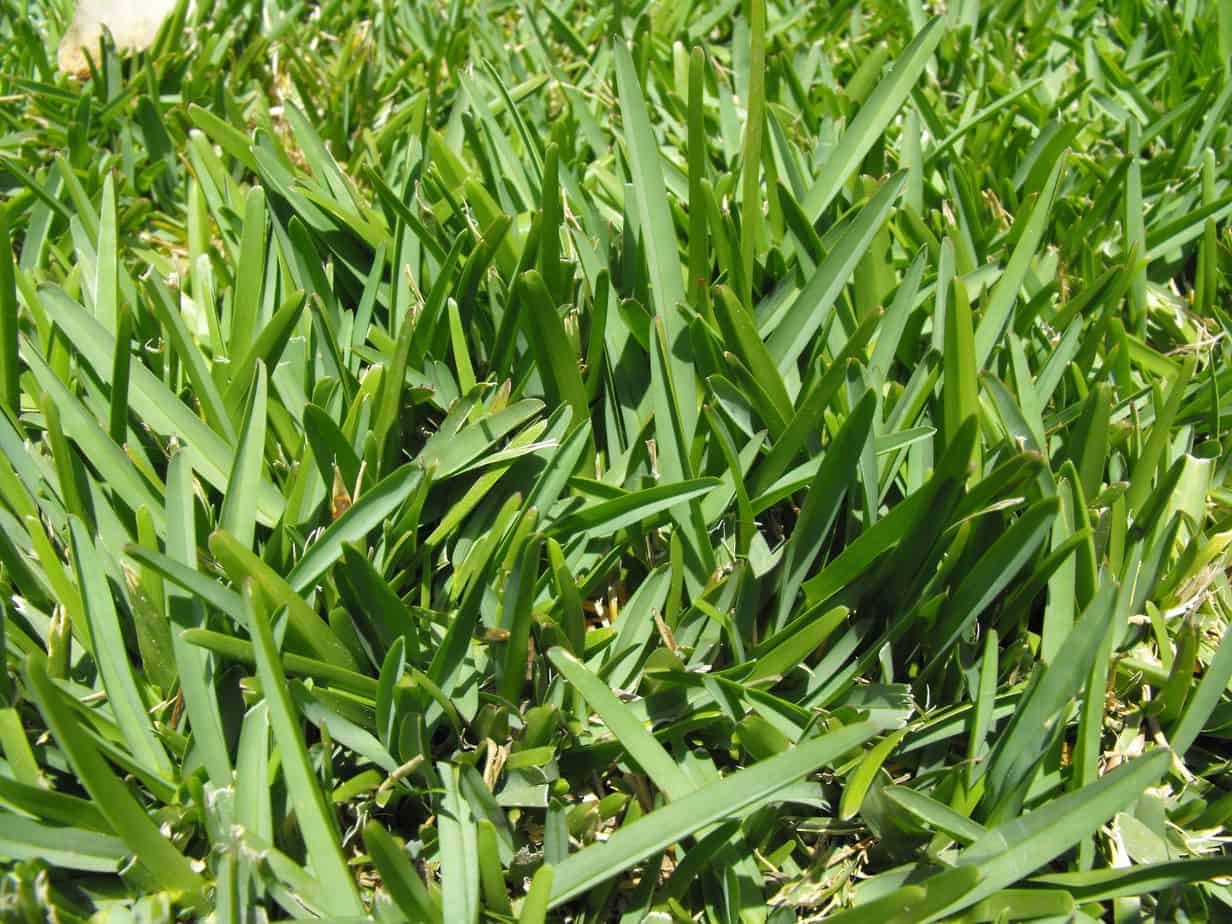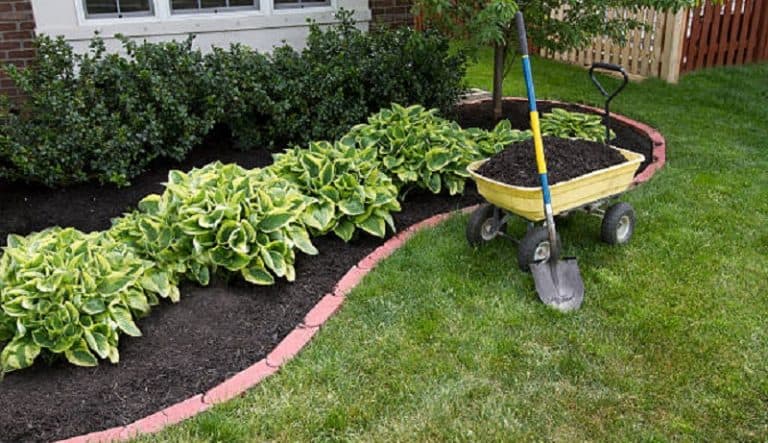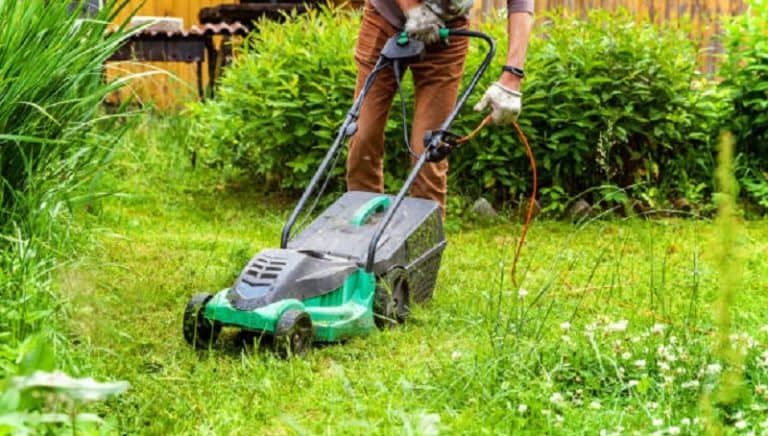How to Make St. Augustine Grass Spread Quickly & Grow Thicker
Longing for a sunlit lawn? St. Augustine grass could be the perfect choice. Wonder how fast it grows and spreads?
This article will discuss how you can make St. Augustine grass grow faster and thicker for a healthy-looking, even turf. We will explain ways that can help promote its even spread.
Keep reading for a complete guide on how to make St. Augustine grass spread quickly.
Contents
Does St. Augustine Grass Spread Easily?

St. Augustine grass is an excellent option for lawn grass in the warm season. It thrives in direct sunlight but is quite resilient against the shade as well. But does it spread easily? Yes, when armed with the proper knowledge of maintaining this type of grass, you can promote its growth and help quickly spread it across your lawn.
St Augustine grass “spreads” when it grows. To grow St. Augustine grass, you use stolons- a horizontal growth stem – which travels just above the ground surface. The stolons, often referred to as “runners,” sprout and root at the nodes.
Stolons facilitate faster lawn coverage once the plugs are in place. The quicker the grass spread, the closer you will be to a thick, lush lawn.
Related: Is your St Augustine Grass Dying? Try this.
How to Make St. Augustine Grass Spread Quickly
Homeowners and lawn keepers on a budget usually shy away from the idea of going for sodding as it can be pretty expensive. Plugs are a budget-friendly option. They are tiny chunks of rooted sod, which with proper guidelines, can spread quickly and evenly to establish a thick turf.
Read on for five fool-proof pointers on how to make St. Augustine grass spread quickly.
1. Consider the Soil Requirements for St. Augustine Grass
St. Augustine grass will thrive in the right soil conditions, which support its spread and growth. If the soil is too hard, the stolons will find it difficult to root. Thus, always make sure to aerate the soil before laying down this type of grass.
A sandy texture of your soil indicates good drainage, and that is precisely what you need. Avoid clay-like soil varieties.
If your lawn has uneven areas or is inclined, you can grade it by adding some topsoil. Grading prevents the pooling of water, which can lead to potential grass rot.
It is also essential to test the pH level of your soil. You can get help from a soil testing service or use a DIY soil test kit, which is readily available in any gardening store. The pH range from 5.0 to 8.5 is acceptable. A slightly acidic pH will still facilitate quick St. Augustine grass spread. If the soil’s pH level is too low, a lime treatment will help raise it. Similarly, you can remedy high pH levels using an ammonium-nitrate-rich fertilizer.
Waterlogged soil lowers underground oxygen supply, which results in sparse growth and hinders even spread of St. Augustine grass. Sandy loam soil and clean sand are excellent top dressing choices for St. Augustine grass as they allow it to breathe, aiding speedy growth.
2. Plant Plugs the Right Way
Once you have prepared the right kind of soil, it’s time to plant the plugs. For best results, plant your plugs in warm months at the peak of the growing season.
Can you buy St. Augustine Grass Seed Instead of Plugs or Sods?
Plugs are an efficient yet money-saving option when it comes to growing this grass. St. Augustine grass seeds are very hard to come by. You can go for sods, especially if you are looking for a full lawn in no time. The problem with sodding is that it can be pretty costly.

Plugs may require a little more patience, but they can spread rapidly, resulting in a beautiful lawn.
There are three ways to plant plugs in your lawn. The basic rule is that the higher the number of plugs planted per square foot, the quicker St. Augustine grass will spread and cover the lawn surface area.
A lower plug density per square foot will not be costly, but you will have to wait longer for a lush lawn.
How Long Does it Take for St. Augustine Grass to Spread?
7 to 14 days after planting St. Augustine plugs, you will notice the grass begin to spread. Plug density will affect how quickly you will establish a thick turf. You can either go for high-density, typical-density, or low-density plugs. Here, by density, we mean the spacing between plugs. The closer the plugs are, the quicker they will spread across the lawn.
High-Density Plugs:
There are 6 – 11 inches between each plug—this type of plug results in a fast fill-in. The plugs spread over the bare spots in the lawn within one growing season, which is 6 to 8 months, under perfect conditions.
Typical-Density Plugs:
There are 12 – 18 inches between each plug, and they take up to a year (8 to 10 months) to completely cover the yard. This takes up more time to fill in the bald spots in your lawn, but these are more cost-effective.
Low-Density Plugs:
There are 13 – 24 inches between each plug, and it can take well over 12 months to fill the bald spots on the lawn. If you have to go with low-density plugs, make sure there is low foot traffic.
3. Maintain a Healthy Lawn Care Routine
You can maintain a healthy lawn care routine by regularly following the recommended watering and mowing schedule. You must also use the right kind of fertilizer at the right time.
Follow a Regular Watering Schedule
After St. Augustine grass plugs are planted, lightly water them several times a day and even a little extra if the weather is sweltering and dry. After two weeks, you will need to soak up the lawn in 1/2 inch water daily. Water several times a week until you can see that the grass is spread enough to only water when it is hot. The grass should ideally be established enough in 6 weeks.
Underwatered St. Augustine grass can become inactive and will stop spreading.
Know the Recommended Height for Mowing
Let the grass grow 2.5 inches before you cut it – any shorter, and this grass will not spread quickly. To be on the safe side, set your mower at 3 inches. We recommend bagging or collecting your clippings to avoid overwhelming the grass with too much organic matter. See our recommended mowers for St Augustine grass.
Clippings, if not collected, can result in thatch which does not allow stolons room to spread.
Use the Right Kind of Fertilizers

Fertilizers provide St. Augustine grass with the needed nutrients. Use a starter fertilizer after putting the plugs in, which will ensure a robust root system by providing the right amount of phosphorus.
Do not opt for nitrogen-rich fertilizers right at the beginning because too much of this nutrient can burn your grass off. But, this is not to undermine nitrogen’s importance for a lush, thick lawn. It would be best to switch to a nitrogen-rich fertilizer after a solid root system has been established.
For bald spots, opt for a slow-release nitrogen fertilizer.
Important Tip: Only use fertilizer during the growing season. Using fertilizer during dormancy can result in a weed problem.
4. Know the Right Time to Plant St. Augustine Grass
The best time to plant St. Augustine grass is in the summer since it is warm-season turf grass. Summertime is a peak growing season for this particular grass and will result in a thick and quick spread.
St. Augustine grass is inactive during the winter and fall season. This type of grass will not spread quickly if planted during this time.
5. Kill Weeds Regularly
When it comes to killing weeds in your lawn, be preemptive.
Killing weeds before they become a nuisance can prevent them from taking up spaces meant for your St. Augustine grass spread, as well as throttle any competition for nutrients. Weed invasion results in hindered growth, so it is recommended to stimulate the quick spread of St. Augustine grass. The faster your grass will spread, the less room it will leave for weeds to fill.
To target the weeds in your lawn, use a pre-emergent selective herbicide for the beginning. Be careful not to use a herbicide if the temperature exceeds 85 degrees.
Major Takeaways
- Always test your soil’s pH level and make sure it is aerated before you plant the plugs.
- Avoid clay-like soil and opt for sandy varieties.
- Follow a strict lawn maintenance routine – watering and mowing at the right time.
- Use a starter fertilizer in the beginning and then switch to a nitrogen-rich fertilizer.
- Plugs are a budget-friendly option when compared to sodding.
- Plant the plugs during warmer months to promote healthy growth.
- Choose the suitable density plugs, depending on how much time and effort you are willing to put in the spread of St. Augustine grass.
- Be preemptive when it comes to weeds – get rid of them before they spread and take up space and nutrients required by the stolons.
If you keep the pointers mentioned earlier in mind, you can quickly establish beautiful thick turf that spreads evenly all across your yard.
Still deciding on which type of grass to use? See our comparison of St Augustine and Bermuda grasses.







